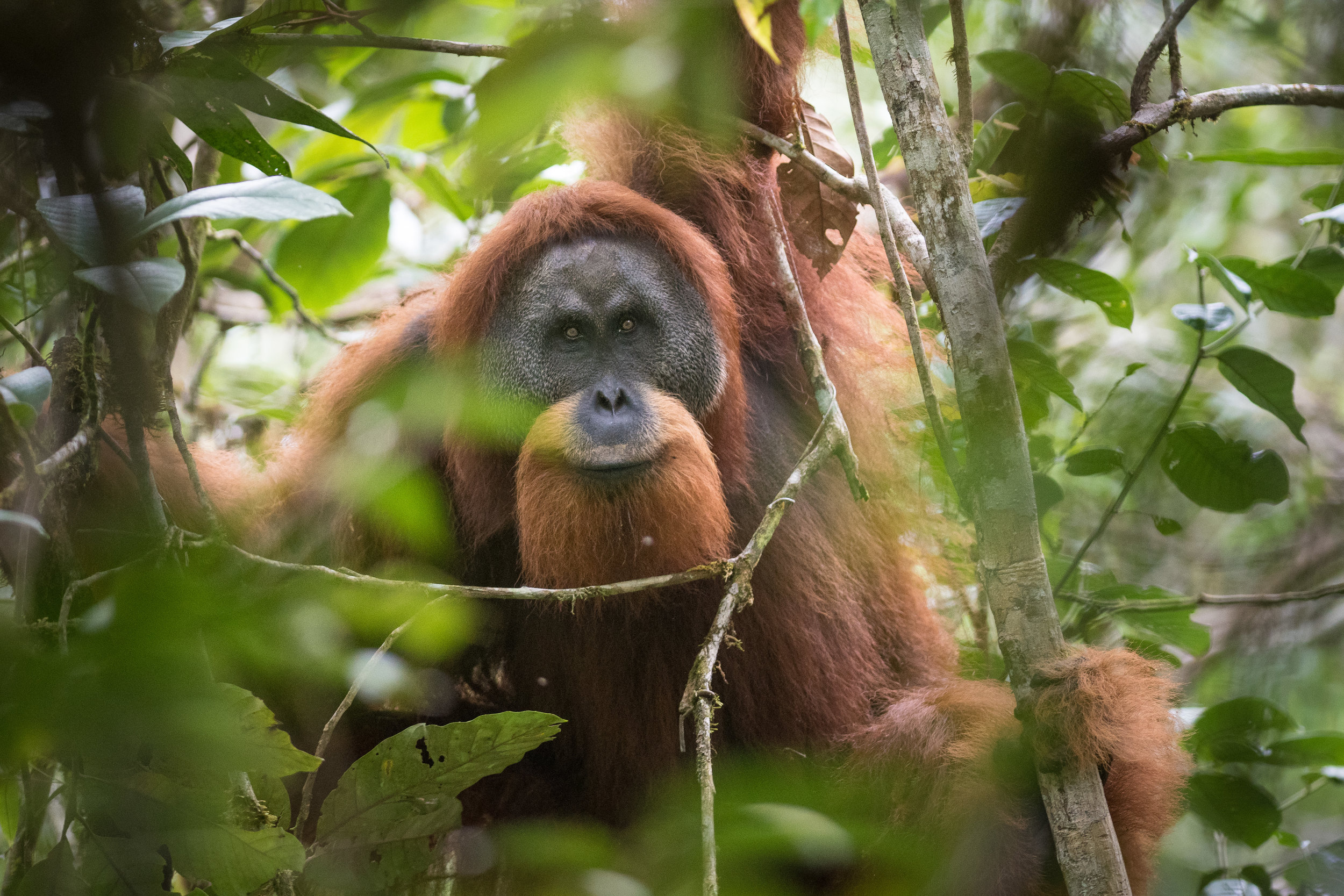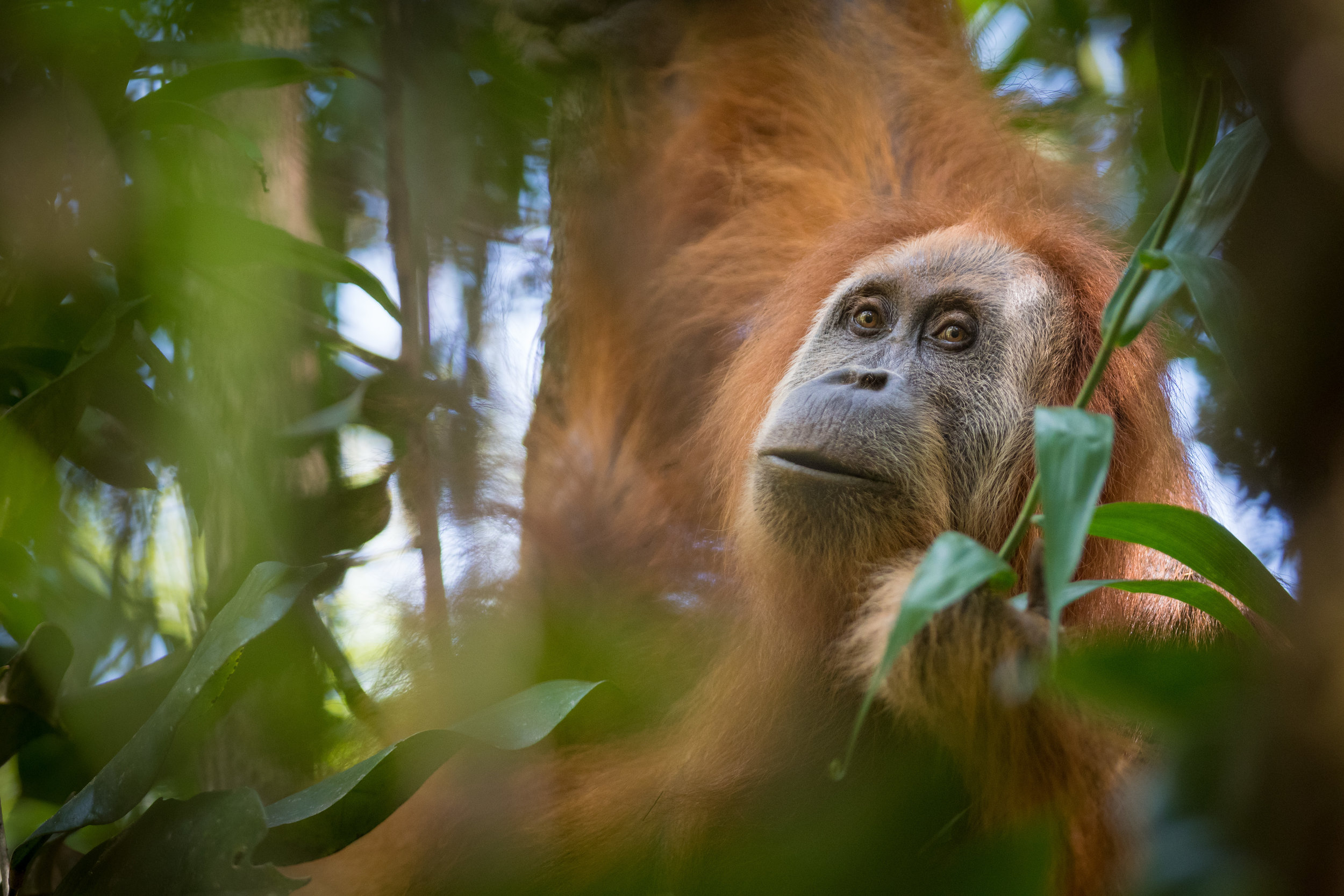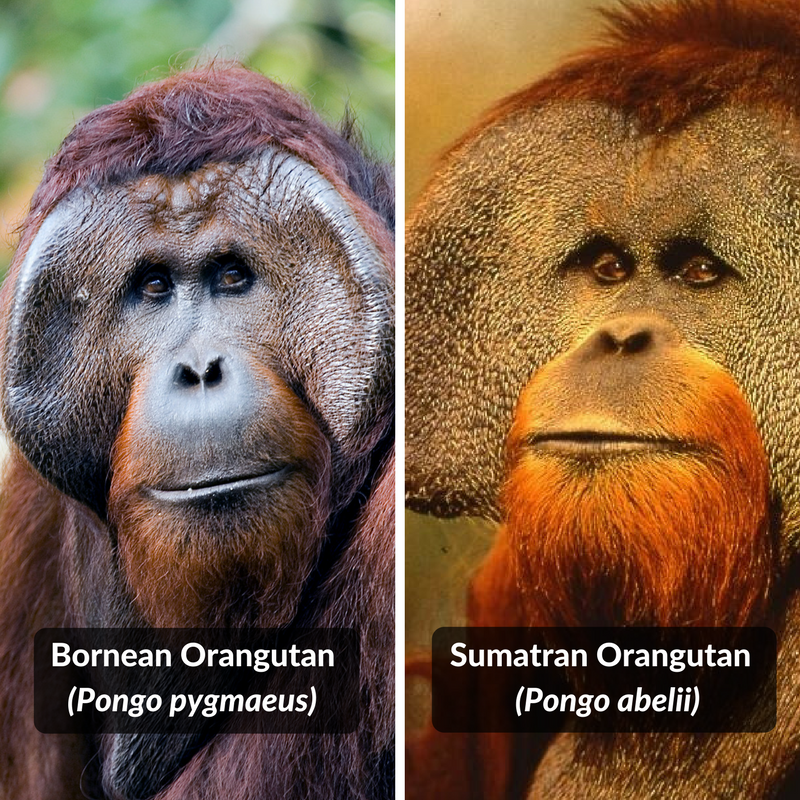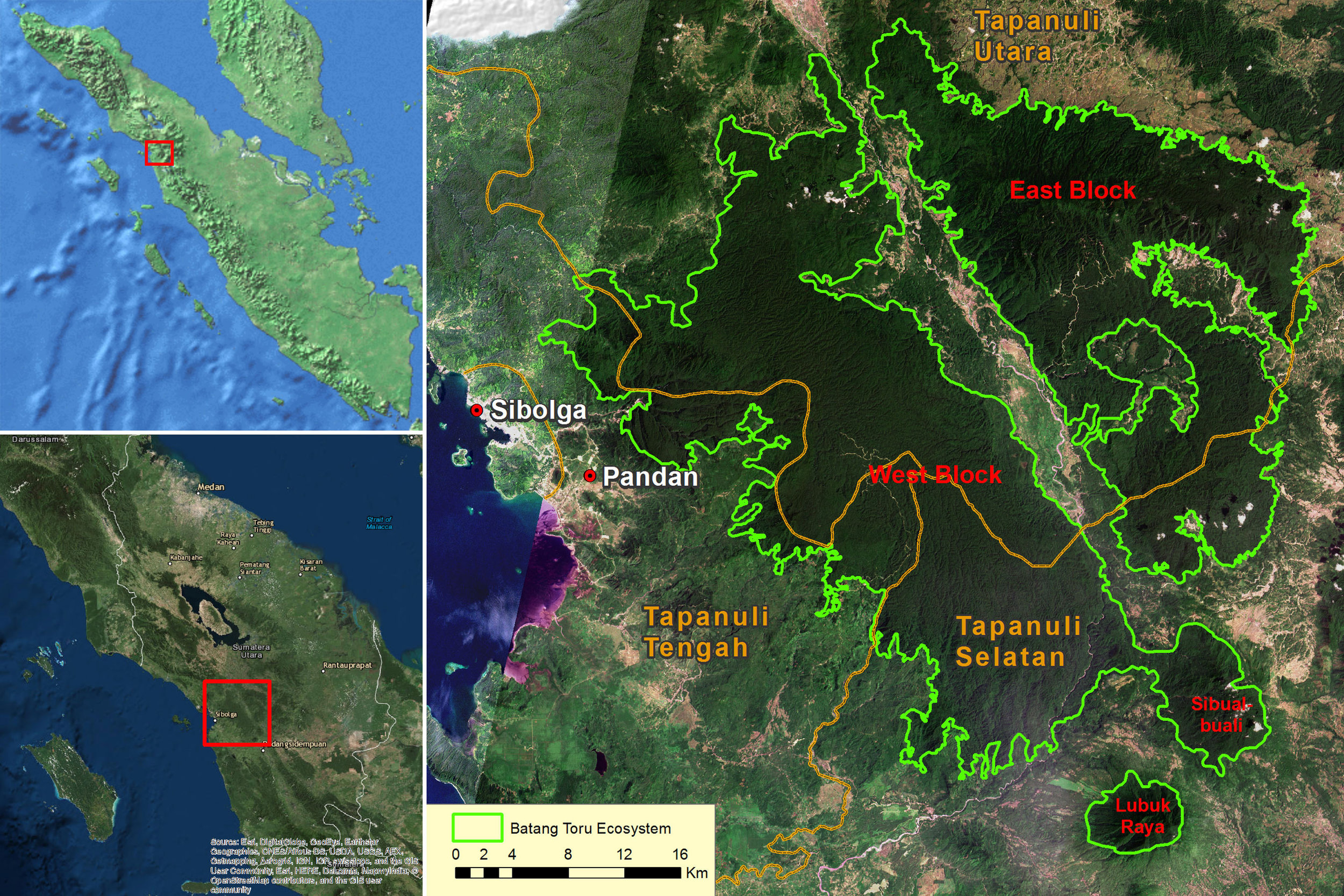The Tapanuli orangutan, a new species known to science
Yesterday brought the extraordinary news that a new orangutan species in Sumatra has been officially recognised by a group of scientists (for full paper, click here). 
The Tapanuli orangutan (Pongo tapanuliensis) has been found in the Batang Toru Ecosystem of North Sumatra, Indonesia. Until recently these orangutans were thought to belong to the genus Pongo abelii, also known as the Sumatran orangutan. However, research has revealed that genetically, these orangutans are more closely related to Pongo pygmaeus, the Bornean orangutan, but remain distinct enough to be classed as an entirely new species.

There are a number of genetic, morphological and behavioural differences between the Tapanuli orangutan and its cousins. Interestingly, the Tapanuli male's long call is just one of these differences...
A Tapanuli male orangutan's long call (credit SOCP):
[audio wav="http://www.orangutan.org.uk/blog/wp-content/uploads/2017/11/Togos-LC_036.wav"][/audio]
A Bornean male orangutan's long call:
[audio mp3="http://www.orangutan.org.uk/blog/wp-content/uploads/2017/11/longcall2.mp3"][/audio]
Other differences which have been recorded include their diet, skeletal structure, and hair, which is thicker and frizzier than that of the Bornean or Sumatran orangutan.

Sadly, despite being the newest species of great ape known to science, they have immediately been classified as critically endangered, with only 800 individuals thought to exist in the wild. Their only threat is habitat loss. The Tapanuli orangutan’s range is already fragmented across three areas of forest. Additionally the area is threatened with the proposal for construction of a new hydrodam.

Therefore, we must ensure further loss of their forest habitat is prevented. Visit http://www.batangtoru.org/ for further information and to help this new species.
Thank you,
Orangutan Foundation